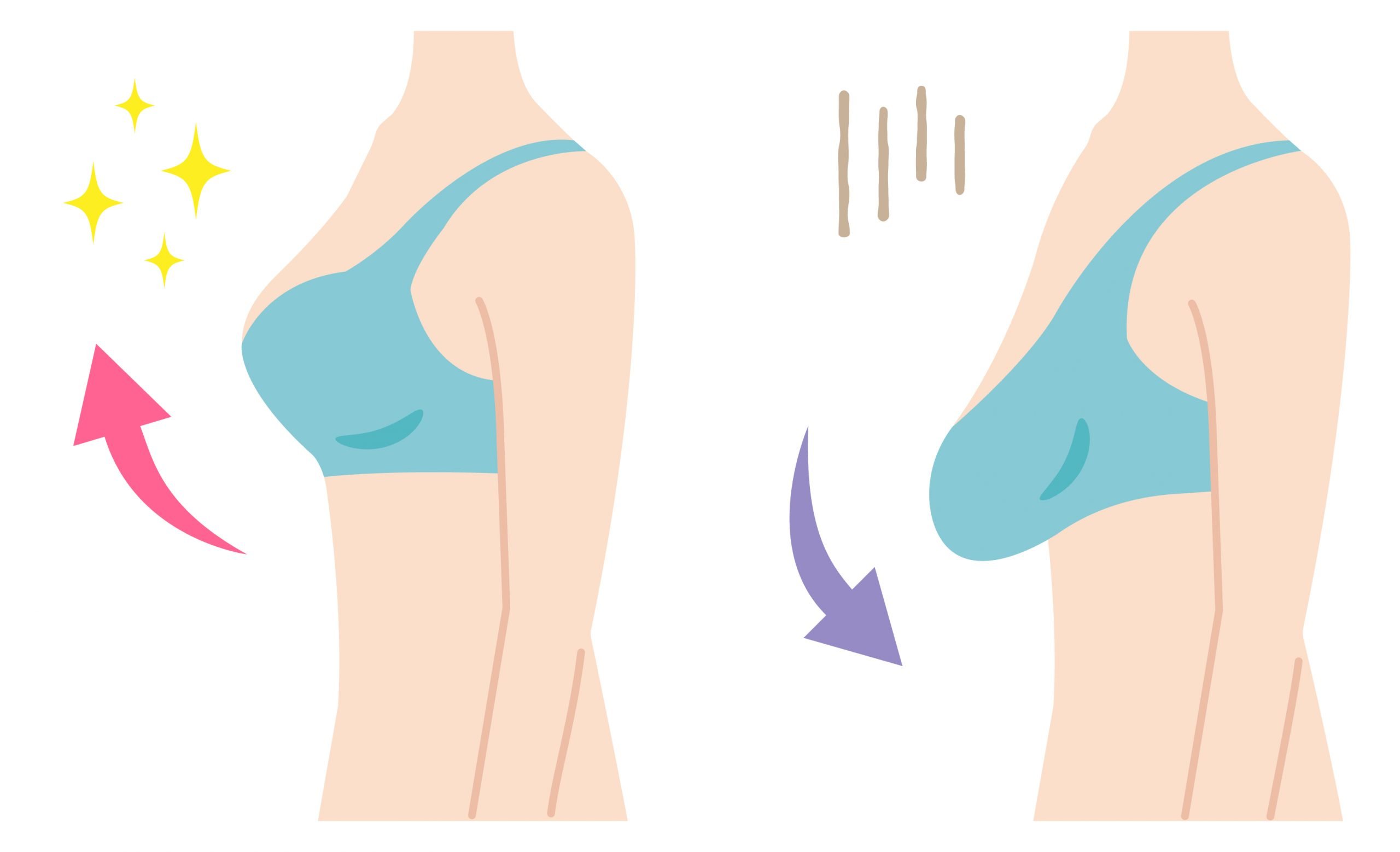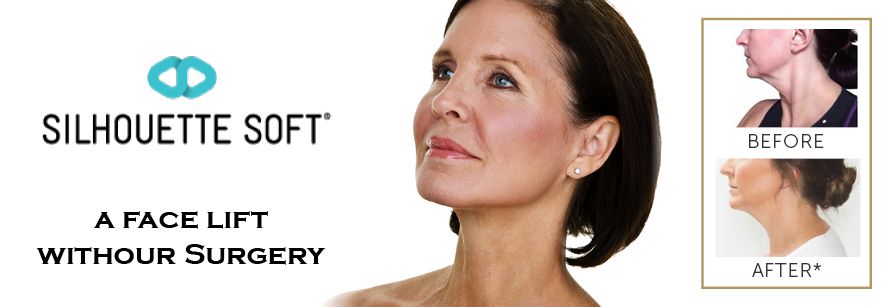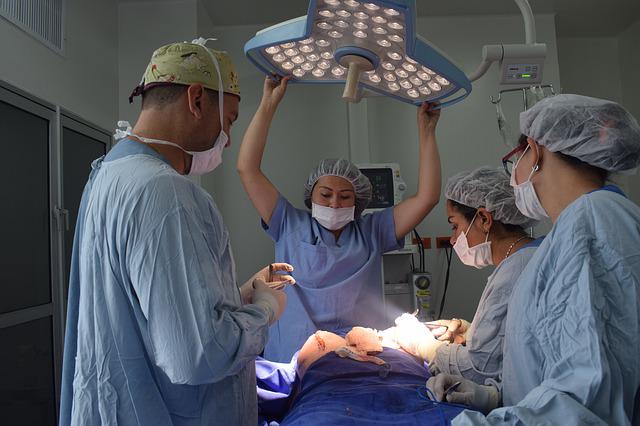
There are many causes for eye asymmetry. Understanding the causes of eye asymmetry and their treatments is crucial. The next step will be to decide the most suitable surgical option. The asymmetry in the eyelids must be considered when planning a surgery. Eye asymmetry can be treated by reshaping or removing the eyelids.
Periocular Asymmetry
Periocular imbalance is caused by changes in the volume, shape or position of facial tissue, especially around and within the eye. It can be caused by changes in eyelid position and size as well as changes of pupil size. This is often unilateral. It often occurs due to a decrease of tissue volume caused by conditions such as congenital hyperplasia, neurologic dysfunction, and inflammatory lesions. Eyelid asymmetry and third eyelid protrusion are common ocular diseases symptoms.
The first step in assessing periocular asymmetry during aesthetic and reconstructive procedures is to assess the overall subjective impression of facial symmetry. This should be done as soon as possible after meeting with potential patients. Your eyes are the central point of your face so it is crucial to get a good impression. Because the eyes are what determine a person's personality, and their visage. The initial impression may change as time passes and a person interacts with others.

Causes
There are many causes of eye asymmetry. It can affect structures around the eyeball, such as the eyelids, brow bone, or eyebrow. It may also be caused by trauma or a tumour. Most cases are benign but some require medical attention like an infection or stroke.
Eye asymmetry may be a sign of a brain disorder in rare cases. It can also occur from strokes or other neurological disorders. Severe migraines are another cause. To rule out other conditions, you should see your doctor immediately if you notice asymmetry in one eye.
Treatments
There are different treatments available for eye asymmetry depending on how severe it is and what type of asymmetry it is. Surgery is sometimes required to correct severe asymmetry. You can also choose cosmetic procedures to treat milder cases of asymmetry. These procedures can improve vision and prevent future problems.
Trauma is the most common reason for orbital asymmetry. Though they may be visible immediately, there are many other causes. For example, an orbital fracture can cause enophthalmos or hypoglobus, or it can result from concussion-induced ischemia. Also, strokes can cause upper eyelid dissymmetry or enophthalmos.

Prevention
Although it is still not clear what causes eye asymmetry, there are some steps that can be taken to remedy this condition. These can range from lifestyle changes to medical treatments. The goal of these measures is to improve the eye's appearance. While this is not a cure for all problems, it can make a person feel better and boost their self-esteem.
Assessing periocular alignment is the first step. Prior to any surgery, it is important that the patient be examined for periocular symmetry. This includes identifying the asymmetry, determining its cause, and identifying its components. Next is the selection of the most appropriate corrections. While large disparities are easily appreciated during the preoperative evaluation, smaller inequalities may not be evident until after the surgery. Also, soft tissue can be removed during surgery. This may reveal underlying anomalies.